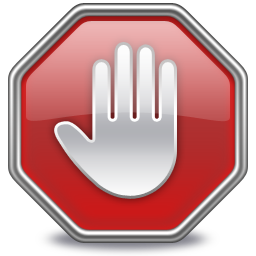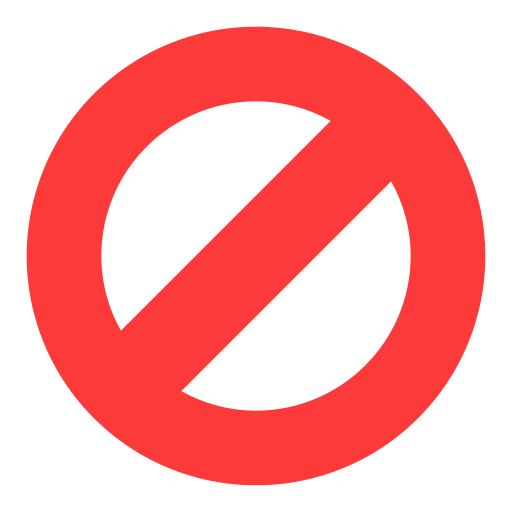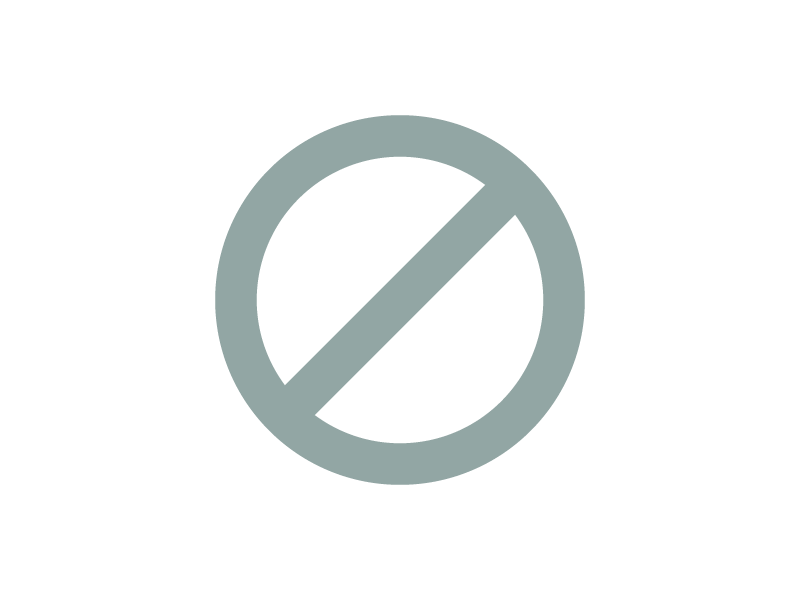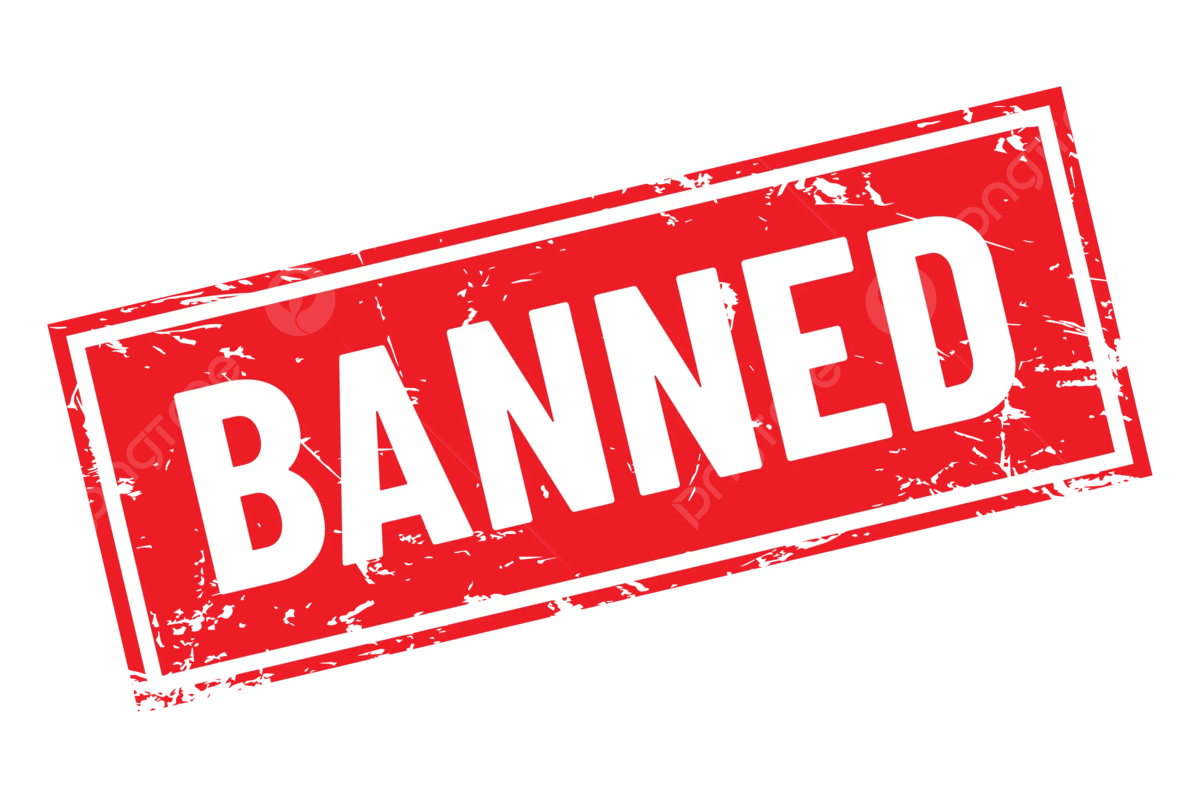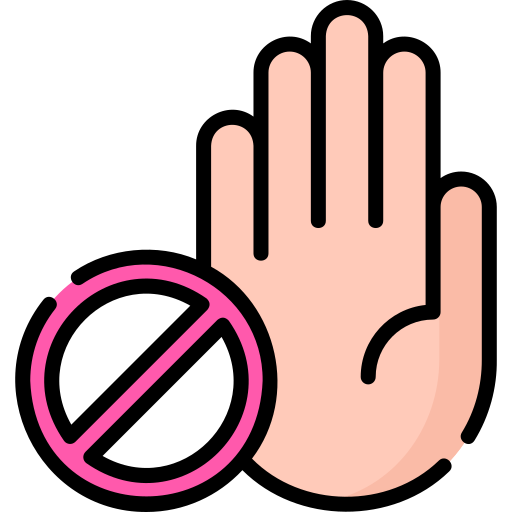Download top and best high-quality free Banned PNG Transparent Images backgrounds available in various sizes. To view the full PNG size resolution click on any of the below image thumbnail.
License Info: Creative Commons 4.0 BY-NC
Banned refers to something that is prohibited or forbidden. It could be an action, a behavior, or an item that is not allowed according to the rules, laws, or regulations of a particular society, organization, or government. Banning is a common practice that aims to maintain order, safety, and moral values in the community.
Types of Bans
There are different types of bans that exist, including:
1. Legal Ban
Legal bans are enforced by the government or legal authorities. They are based on laws and regulations that prohibit certain actions or items. For instance, the use of drugs, weapons, and dangerous chemicals is banned by law in many countries. Violating these bans could lead to legal consequences such as fines, imprisonment, or even death penalty depending on the severity of the offense.
2. Social Ban
Social bans are based on cultural norms, values, or beliefs. They are not necessarily backed by laws but are enforced by society. For example, in some societies, it is banned to wear revealing clothes or to drink alcohol in public. Breaking these social bans could lead to social stigma, discrimination, or exclusion.
3. Organizational Ban
Organizational bans are enforced by institutions such as schools, workplaces, or religious organizations. They are based on rules and policies that regulate behavior and conduct. For instance, schools could ban students from cheating, bullying, or using mobile phones during class. Employees could be banned from using company resources for personal use, disclosing confidential information, or engaging in conflicts of interest. Breaking these bans could lead to disciplinary actions, warnings, or termination of employment or enrollment.
Reasons for Banning
Banning serves different purposes depending on the context and the type of ban. Some of the common reasons for banning include:
1. Protecting public safety
Some actions or items are banned because they pose a risk to public safety. For example, fireworks are banned in many countries because they could cause physical harm or start fires. Driving under the influence of alcohol or drugs is banned because it could lead to accidents and fatalities.
2. Protecting public health
Some items or behaviors are banned because they could have adverse effects on public health. For example, smoking in public places is banned in many countries because it could cause passive smoking and increase the risk of lung cancer and other diseases. Using non-biodegradable plastics that could harm the environment and endanger wildlife is also banned in many places.
3. Promoting ethical values
Some bans are intended to promote ethical values such as fairness, justice, and honesty. For instance, bans on cheating, plagiarism, or fraud aim to promote academic integrity and ethical conduct. Banning discrimination, harassment, or hate speech aims to promote respect for diversity, inclusion, and peaceful coexistence.
Controversies of Banning
Banning is a controversial issue that raises various ethical, legal, and practical questions. Some of the controversies of banning include:
1. Freedom of Expression
Banning could infringe on individual rights such as freedom of expression, thought, or religion. For example, banning certain books, films, or cartoons could be seen as censorship that limits artistic creativity and free thinking. Banning religious practices or symbols could be seen as discrimination against certain groups.
2. Effectiveness
Banning doesn’t always guarantee the desired outcome. In some cases, bans could be ineffective or counterproductive, leading to unintended consequences. For instance, banning drugs could lead to the rise of black markets, increase criminal activities, and endanger public health. Banning protests or demonstrations could lead to more violence and unrest.
3. Enforcement
Banning could be difficult to enforce, especially if the ban is not supported by the majority of the people affected. For example, banning alcohol in some countries has led to the rise of underground bars and illegal brews. Banning certain websites or social media platforms could lead to the rise of alternative platforms or technologies that are harder to control or monitor.
In conclusion
Banning is a practice that is used to regulate behavior, ensure public safety, and promote ethical values. However, it is a controversial issue that raises various ethical, legal, and practical questions. Banning should be done with caution and after considering the pros and cons of such a decision.
Download Banned PNG images transparent gallery
- Banned PNG Images
Resolution: 256 × 256
Size: 37 KB
Image Format: .png
Download
- Banned PNG Photo
Resolution: 512 × 512
Size: 21 KB
Image Format: .png
Download
- Banned PNG Pic
Resolution: 512 × 512
Size: 18 KB
Image Format: .png
Download
- Banned PNG
Resolution: 512 × 512
Size: 21 KB
Image Format: .png
Download
- Banned
Resolution: 1920 × 1920
Size: 1772 KB
Image Format: .png
Download
- Banned PNG Cutout
Resolution: 800 × 600
Size: 9 KB
Image Format: .png
Download
- Banned PNG File
Resolution: 1200 × 800
Size: 372 KB
Image Format: .png
Download
- Banned PNG Image
Resolution: 512 × 512
Size: 31 KB
Image Format: .png
Download
